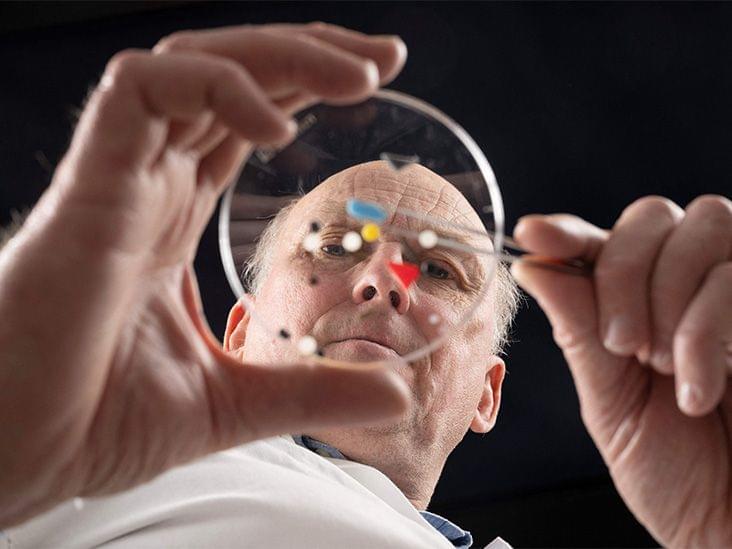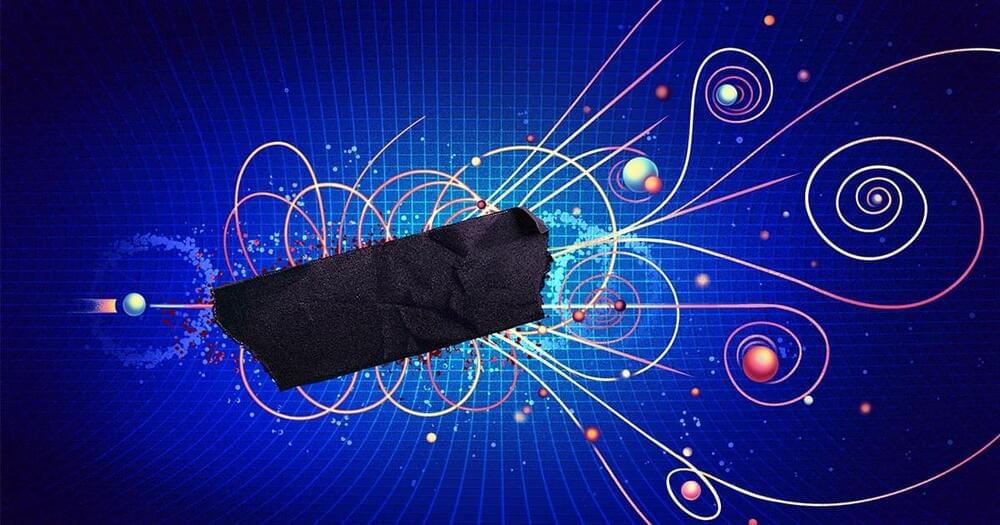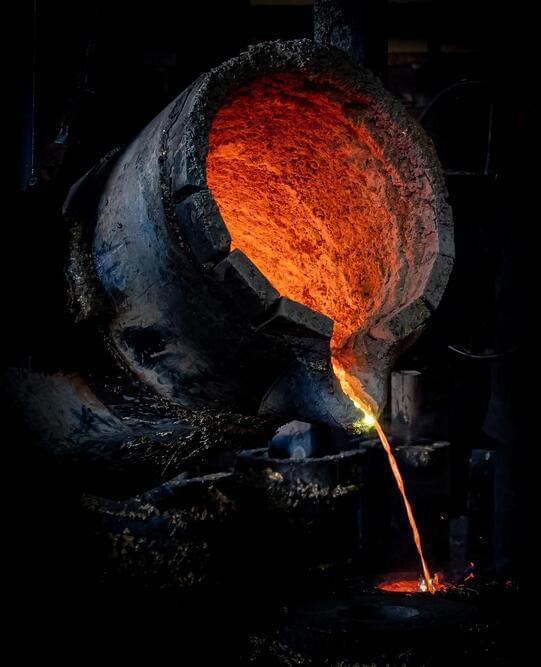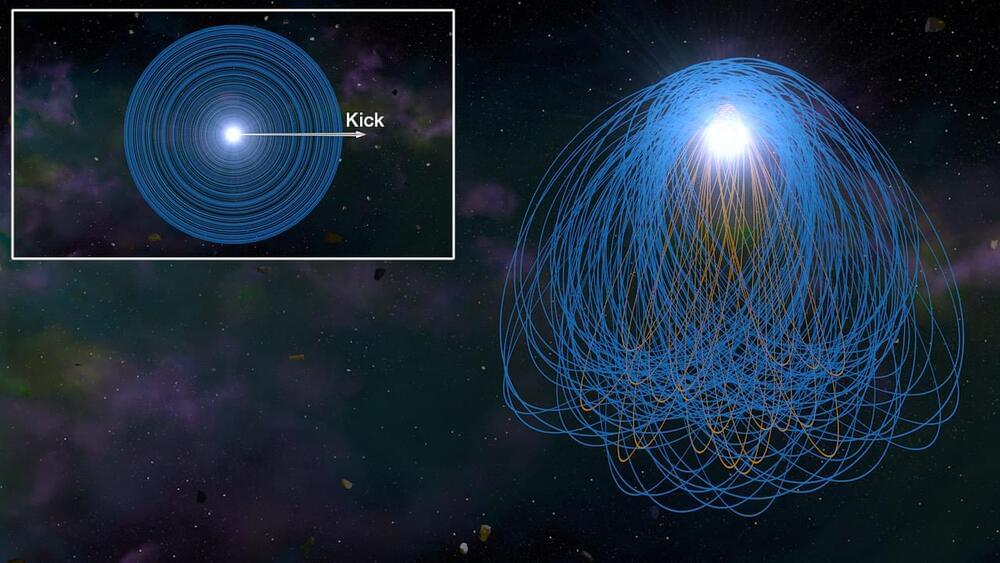Cardiovascular health may be further endangered by microplastic particles that find their way into human blood, a new study suggests.



The Standard Model Lagrangian specifies all known particles that might come into being during a collision and how they might interact.
Particle physicists in search of the next theory of reality are consulting a mathematical structure that they know will never fail: a table of possibilities known as the S-matrix.

Diamonds are famously formed under high pressure and temperature, which is partly why they’re so valuable. But now, scientists have created diamonds in a lab under regular pressure in just 15 minutes.
Diamonds are basically just plain old carbon that’s been put under immense pressure and temperature, causing the atoms to crystallize into a particular structure. On Earth, the only place with the right natural conditions is deep in the mantle, hundreds of miles down. Only later are they brought closer to the surface, hitching rides in volcanic eruptions, which makes them pretty rare. Couple that with some of the most insidious marketing in history, and you’ve got a highly sought-after little rock.
Scientists have been growing diamonds in labs for decades, but it usually still needs those extreme conditions – almost 50,000 atmospheres of pressure, and temperatures of about 1,500 °C (2,732 °F). But a new technique has now produced diamonds under normal pressure levels and cooler temperatures.



Dead stars known as white dwarfs, have a mass like the sun while being similar in size to Earth. They are common in our galaxy, as 97% of stars are white dwarfs. As stars reach the end of their lives, their cores collapse into the dense ball of a white dwarf, making our galaxy seem like an ethereal graveyard.
Despite their prevalence, the chemical makeup of these stellar remnants has been a conundrum for astronomers for years. The presence of heavy metal elements—like silicon, magnesium, and calcium—on the surface of many of these compact objects is a perplexing discovery that defies our expectations of stellar behavior.
“We know that if these heavy metals are present on the surface of the white dwarf, the white dwarf is dense enough that these heavy metals should very quickly sink toward the core,” explains JILA graduate student Tatsuya Akiba. “So, you shouldn’t see any metals on the surface of a white dwarf unless the white dwarf is actively eating something.”

The world is at a critical juncture where the choices we make regarding AI, education, healthcare, and decentralized systems will determine whether we move towards a future of chaos and despair or one of abundance and higher consciousness Questions to inspire discussion What is the potential future of AI? —The speaker.
